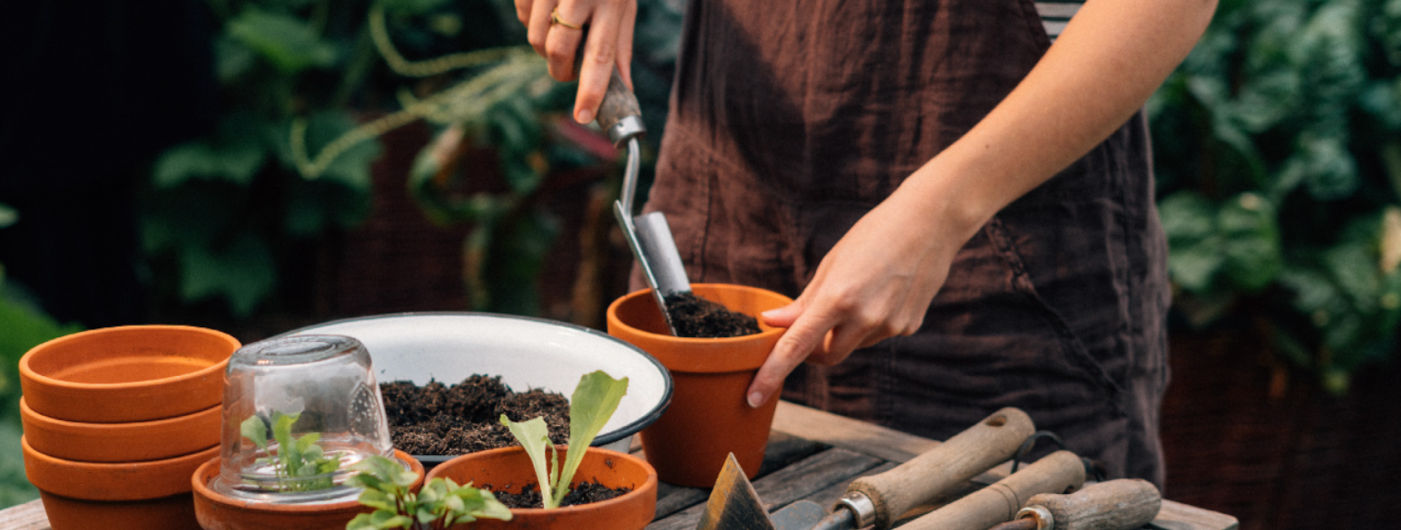Cool Flowers – a cool move for your flower garden
Have you heard of ‘Cool Flowers’? If not then you definitely need to!
These flowers are not just cool in every sense of the word – they’re a real game-changer for all flower lovers.
But let’s start at the beginning. Where does this name come from and what’s it all about? And why do you need to know more?
What are Cool Flowers?
The term ‘Cool Flowers’ was popularised by the author and dedicated gardener Lisa Mason Ziegler. She brought the concept to a wide audience in her book ‘Cool Flowers: How to Grow and Enjoy Long-Blooming Hardy Annual Flowers Using Cool Weather Techniques’. The idea behind it is simple but revolutionary – it involves sowing and growing hardy annual flowers that will happily grow in cool temperatures in spring and autumn.
In fact it’s a technique that’s been around for ages – for centuries seasoned gardeners have been adapting their plants to the climate, observing in the process that many species do much better in cool temperatures. So Ziegler’s new concept is really a modern rediscovery of an age-old gardening practice.
..and by-the-by: anyone keeping a close eye on their annual summer flowers will have noticed that they happily self-seed in autumn and then suddenly appear of their own accord in gaps in your beds and borders when spring arrives.
Why grow Cool Flowers?
This method has many advantages:

Firstly with Cool Flowers your garden can have a much longer flowering season.
While other plants are still waiting for summer to get started, your Cool Flowers will already be in full bloom. These robust, frost-resistant plants will often delight you with colourful flowers early in the year, while the rest of the garden is still in its winter slumbers.
Of course in late winter (February/March) you can sow another early batch of Cool Flowers so that you really do have flowers through the entire season. This also helps to fill gaps if the winter is very severe and your young plants don’t all survive.

Another big advantage: fewer pests!
Many of the typical garden pests are less active in cooler weather which makes your plants less susceptible to their attacks. These cool-weather plants need less looking after, too – they’re naturally more resilient and lower-maintenance.
... and of course more food for beneficial insects
Cool Flowers are not just a feast for the eye but also play a key role in gardening sustainably. Their early flowering period gives pollinators like bees and butterflies a valuable food source at a time when other flowers are scarce.
How to sow them – things to remember
You need to bear a few things in mind to give your Cool Flowers a really good start:
- Timing: Sow them in late summer to early autumn, or in early spring, depending on plant type and your location. The aim is for the plants to establish their roots before the first frosts – but not to start flowering straight away.
- The ideal location: Choose a sunny or semi-shaded position in your garden. The soil should be free-draining as waterlogged soil can be problematic when temperatures are low.
- Frost protection: Even though many Cool Flowers are frost-hardy, the young plants can be sensitive to extreme cold. A light protective covering of straw or foliage can work wonders here.

Which plants count as Cool Flowers?
The choice of Cool Flowers is bigger than you might think. They include classics like cornflowers, poppies, marigold and larkspur. These plants love to develop early in the year and have no problem coping with cooler nights.
By observing your garden year on year you’ll discover many more species you can deliberately sow as Cool Flowers – all those summer flowers that pop up somewhere you didn’t sow or plant them will have seeded themselves. It’s an area offering scope for all kinds of trials and experiments.

















